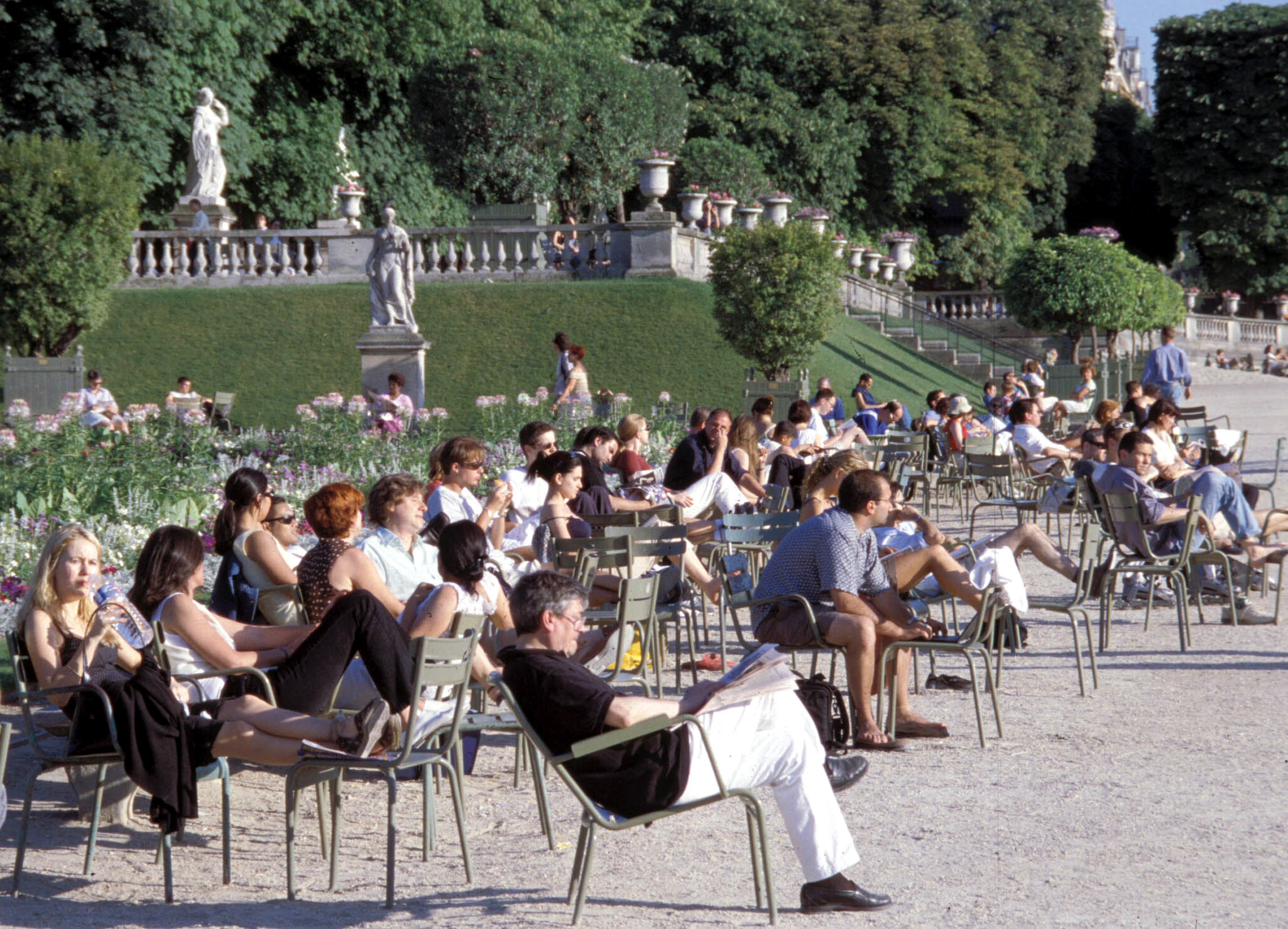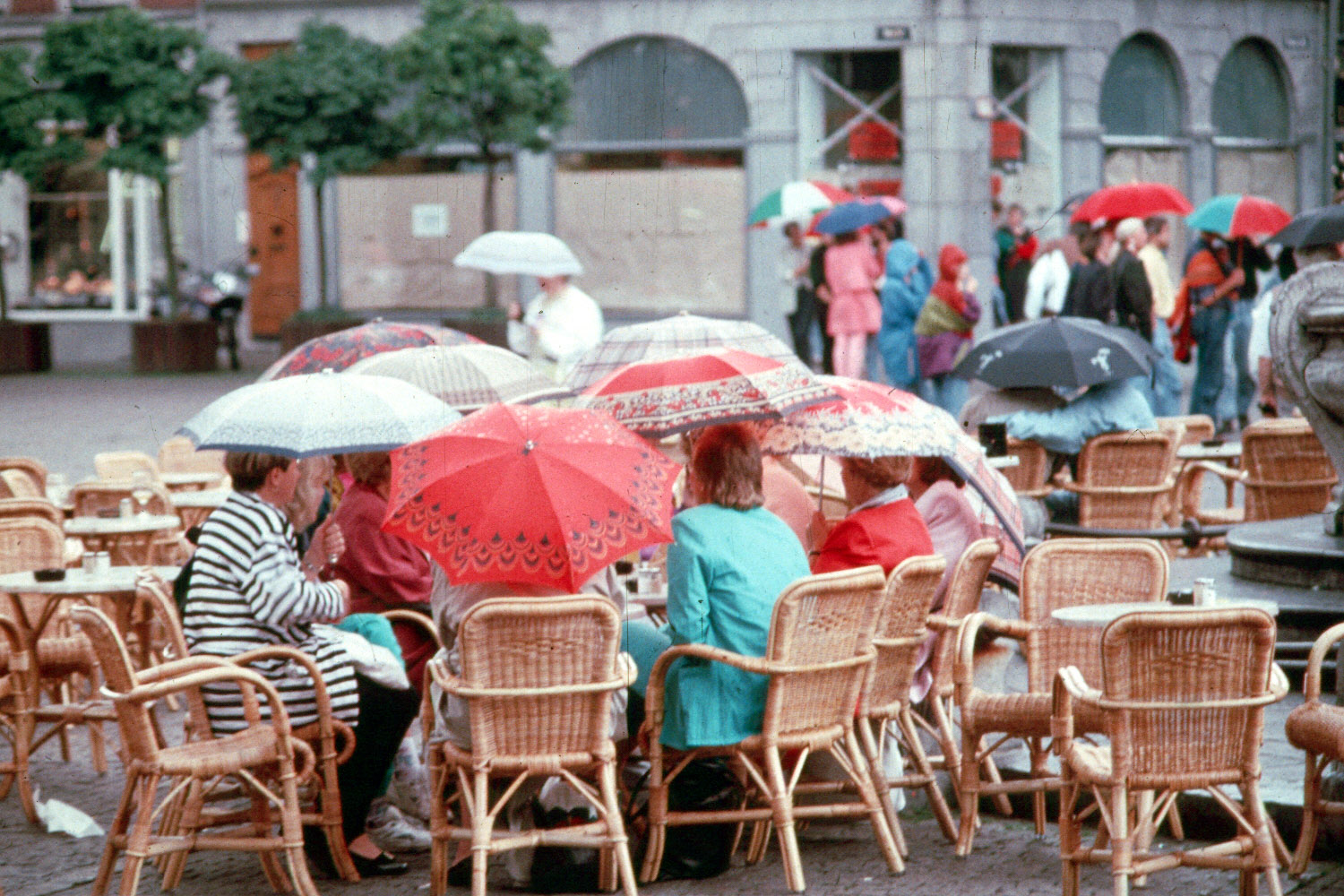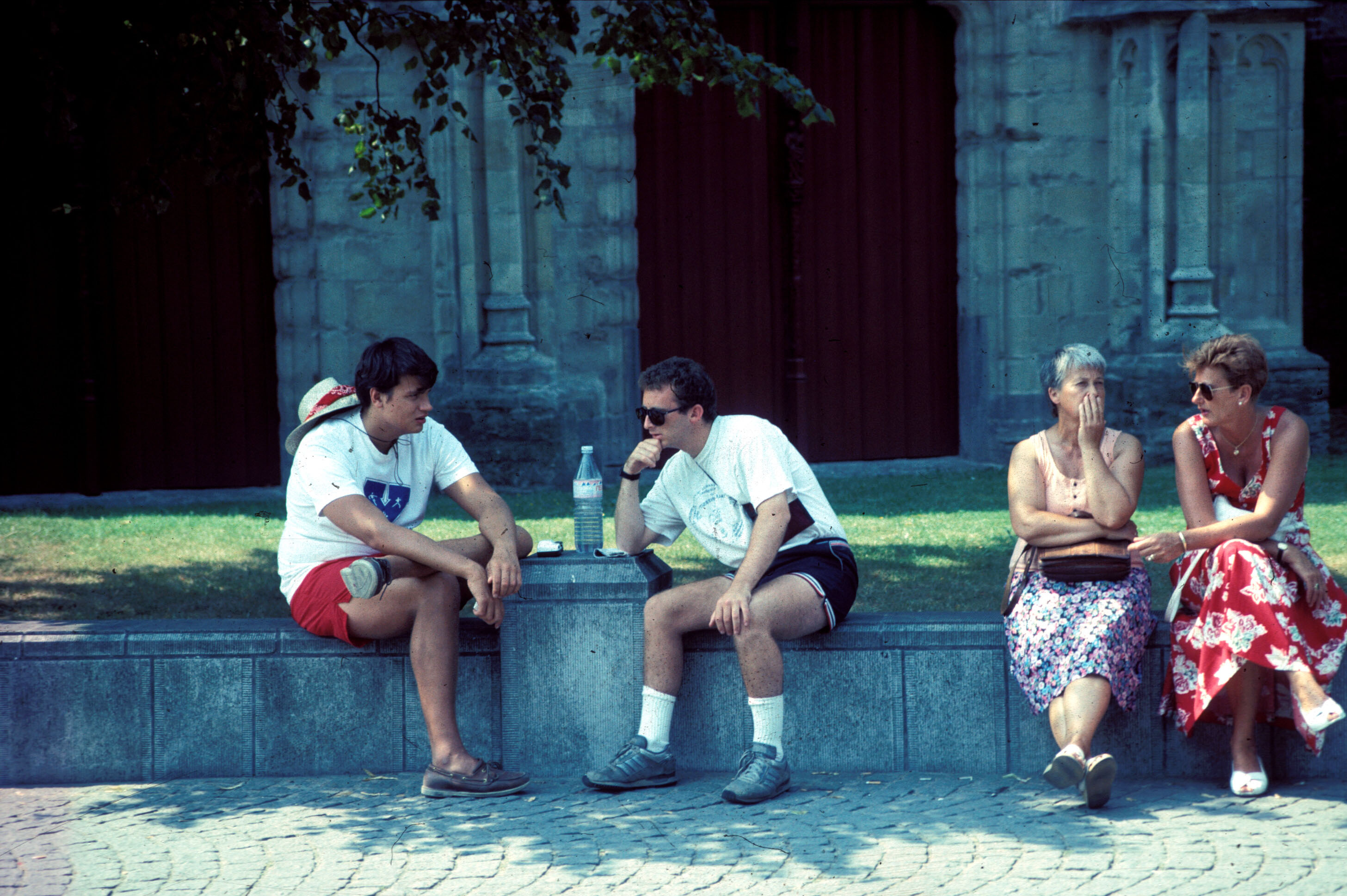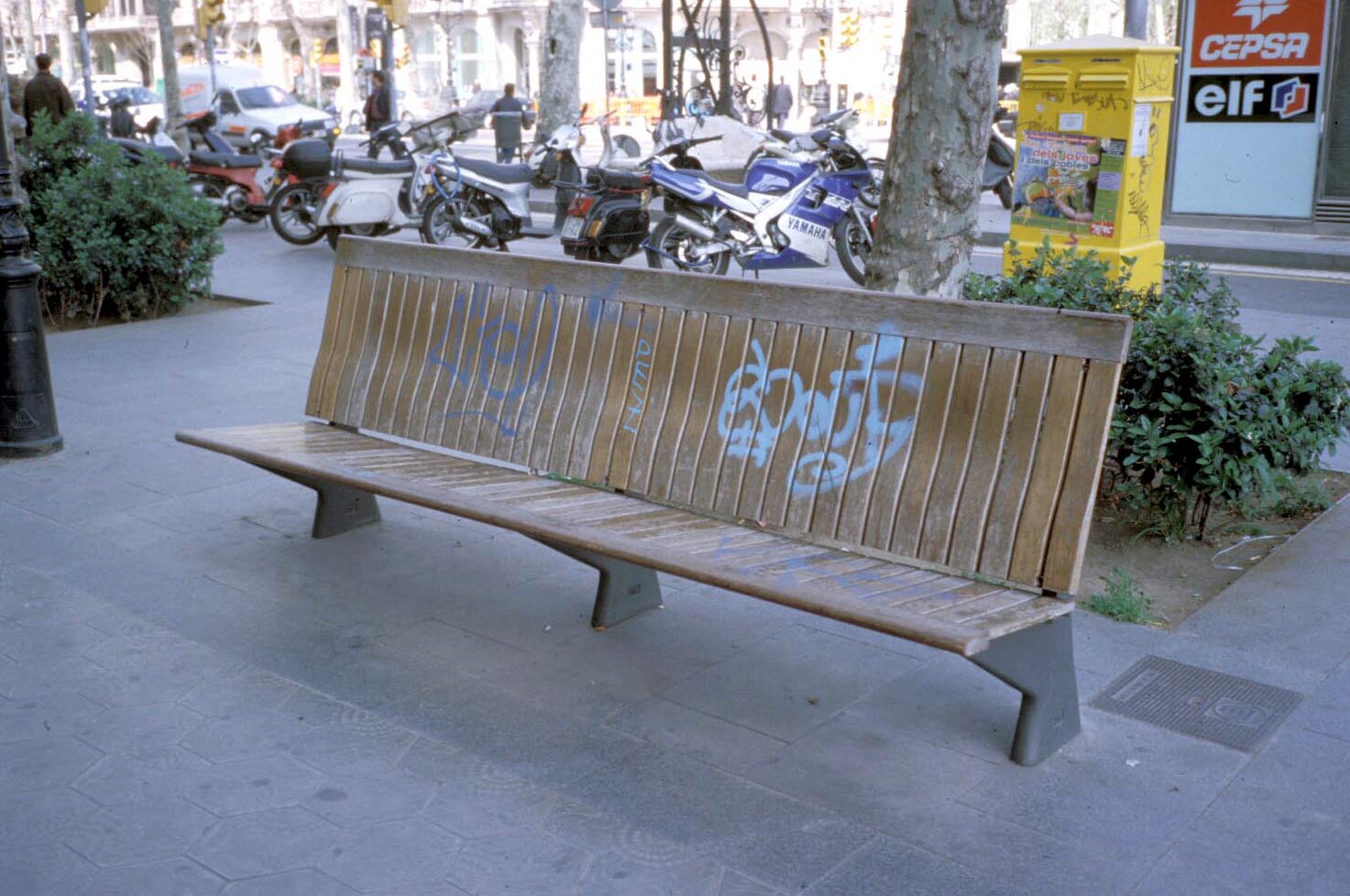A biweekly newsletter with public space news, resources, and opportunities.
A curated dispatch on all things public markets plus the latest announcements from the Market Cities Program.

"This might not strike you as an intellectual bombshell," William H. Whyte liked to say, "but people like to sit where there are places for them to sit." Whyte's famous observations of plazas and parks suggested that people were not that picky about where they sit, as long as they could sit somewhere. But he also demonstrated that certain types of seating could revitalize a moribund place.
Seating that is accessible, comfortable, well-maintained, and located in the right places is critical to successful placemaking. Here are a few basics to consider when incorporating moveable seating into your public areas.

That maxim about real estate also applies to seating, whose placement is incredibly important. Seating should be located within view of the action, but out of the way of the flow of pedestrian traffic. Placed in relation to other amenities, such as concessions, shelters, kiosks, telephones, waste receptacles, water fountains, and bathrooms, seating can be used as a catalyst for social activity in particular areas. Clustering amenities attracts people and activity, and helps to increase peoples' level of social comfort. Social comfort can, in turn, help to facilitate spontaneous social interactions and activities.
Locations for seating are places where there are people, especially in areas where people can watch other people. In his research of activities in public plazas in New York City, William H. Whyte found that people like to stand and have conversations, or sit in the mainstream of pedestrian paths and flows:

"All things being equal, you can calculate that where pedestrian flows bisect a sittable place, that is where people will most likely sit. And it is not so perverse of them. It is by choice that they do so. If there is some congestion, it is an amiable one, and a testimonial to the place. Circulation and sitting, in sum, are not antithetical but complementary." (from The Social Life of Small Urban Spaces).

Good public spaces give people a choice of where and how they would like to sit. They provide different types of seating options such as ledges, steps, benches, moveable chairs as well as different places or locations within the same area, such as in the sun, in the shade, in groups, alone, close to activity, or somewhat removed from activity.
Supporting how people sit or ways in which people like to sit on benches or seats affects seating design. Teenagers, for example, often sit on the back of the bench, rather than on the seat, creating a need for benches that are constructed with stronger materials or larger wood slats. Places where several activities occur, that have opportunities for people watching from different directions, or where people like to take advantage of front and back views (such as the beach, as well as the boardwalk), are better suited to benches that have adjustable backs or no backs, or moveable chairs, allowing users to choose the direction they would like to face. Benches with no backs (as well as ledges) allow people to sit on both sides at the same time.

Provide people with a level of social comfort by giving them the opportunity to choose. William Whyte suggests that in addition to benches and chairs, choice should be incorporated into the design by maximizing the seating possibilities in the inherent features of the place. This means making ledges or surfaces usable for multiple purposes such as tables and seating (See The Social Life of Small Urban Spaces, page 28). Experimentation with the location and grouping of seating combined with evaluation is recommended to see what works well and what doesn't.

No seating is perfectly vandal-resistant. The best solution to vandalism lies in developing an understanding of what types of vandalism occur, at what times, and by what types of people, then trying to develop a program that will prevent it from occurring. Of course, the best deterrent to vandalism is heavy and frequent use by everyone else.
More public space amenities resources? Check out our furnishing your public space resource.
The rich text element allows you to create and format headings, paragraphs, blockquotes, images, and video all in one place instead of having to add and format them individually. Just double-click and easily create content.
The rich text element allows you to create and format headings, paragraphs, blockquotes, images, and video all in one place instead of having to add and format them individually. Just double-click and easily create content.
Body Text Body Link
The rich text element allows you to create and format headings, paragraphs, blockquotes, images, and video all in one place instead of having to add and format them individually. Just double-click and easily create content.
Here is some highlighted text from the article.




Headings, paragraphs, blockquotes, figures, images, and figure captions can all be styled after a class is added to the rich text element using the "When inside of" nested selector system.
Headings, paragraphs, blockquotes, figures, images, and figure captions can all be styled after a class is added to the rich text element using the "When inside of" nested selector system.
Headings, paragraphs, blockquotes, figures, images, and figure captions can all be styled after a class is added to the rich text element using the "When inside of" nested selector system.